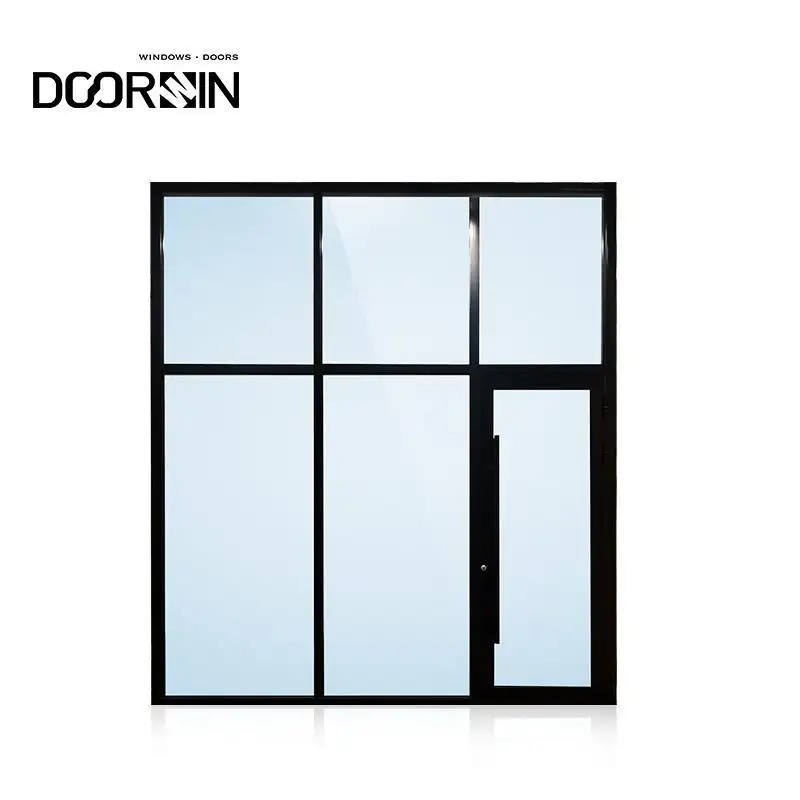Modern architecture has glass curtain walls which are usually common in offices, hotels, and commercial buildings. These non-load bearing glass extend from floor to ceiling provide a smooth transparent look and allow a lot of natural light to enter the space. Other than aesthetics, curtain walls are able to enhance energy efficiency, minimize exterior noise and increase interior comfort. To the architects, builders or anyone who cares to know how these systems work will enable them to enjoy the design and functional advantages of these systems in the buildings.
1.Provides natural lighting and reduces artificial lighting
The glass curtain walls save a lot of daylight than the traditional walls with smaller windows. Their floor-to-ceiling panels permit natural light to brightened offices, lobbies, and residential spaces deep and eliminating the use of artificial lighting, as well as, minimizing the use of energy consumption. Natural lighting also contributes to the well-being and productivity of the residents; occupants; empirical evidence on workplace with curtain walls indicated higher levels of productivity and concentration levels. For example, a high-rise with curtain walls on north and south facades ensured an equal daylight supply, with the heat gain of afternoons being reduced by sunshades. All in all, these systems improve the experience and energy efficiency of modern buildings.
2.Modern appearance makes the building look more high-end
Buildings with glass curtain walls are sleek, modern and luxurious. Their bright and reflective surfaces give them an open and beautiful atmosphere, be it in the office towers of the city or the university. They are commonly found in luxury hotels, upscale condos, and shopping malls to indicate innovation and quality. In addition to the aesthetics, the transparency assists in linking the building to its environment, e.g., provide the guests with the view of the city or the sea. This design is also used by businesses to create an image. A technology company will appear innovative whereas a bank will be modern and reliable. Curtain walls allow designers and owners to build a building that is appealing, stylish, and in line with its purpose with the different types of glass and finishes on frames.
3.Flexible design, can be used for commercial and residential
Glass curtain walls are very flexible and so they are used in commercial and residential buildings. Since they are not structural, they can be formed and be placed creatively by architects without tampering with the stability of the building. Curtain walls allow natural light to penetrate into offices in large quantities, provide open and airy spaces, and may cut across many floors, or even around corners, in a mall or mixed-use development. Floor-to-ceiling glass walls are used in residential homes and condos to strengthen view, interior light, and to expand the space. Curtain walls can also be customized to fit modern minimalism or striking designs, with numerous choices available to designers: frameless panels, tinted glass, and smart glass changing with the light. Their versatility is what makes them an intelligent option when style, light, and openness are considered to be important.
 EN
EN
 FR
FR
 DE
DE

